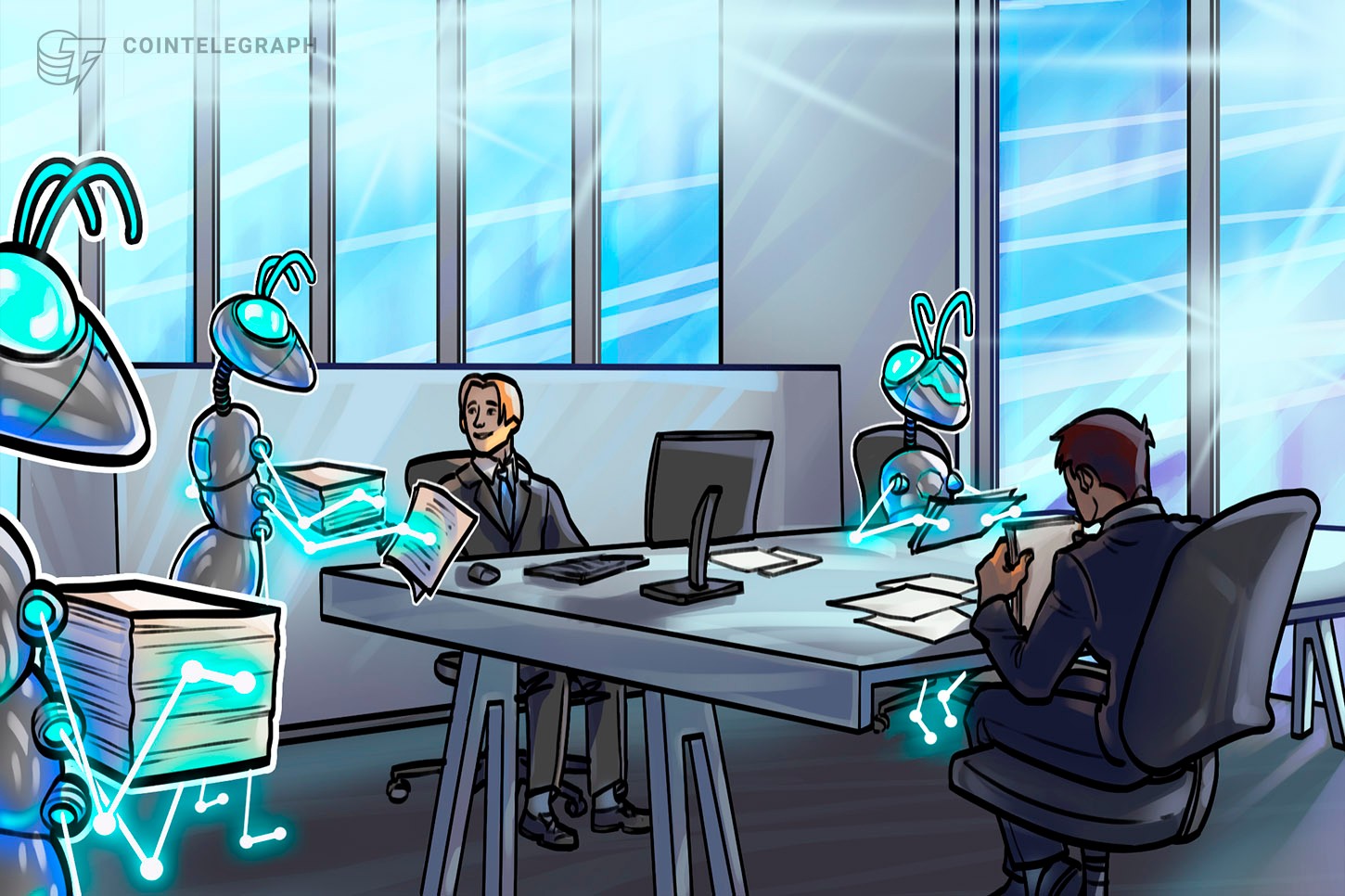Web3 is coming.
Inside a company or a project, it can manifest itself in one of two ways: 1. It can be baked into the foundation of a new project built as a Web3 company from day one, or 2. Its principles can be part of a transformation inside an existing or established Web2 company moving towardWeb3.
My company currently falls into the latter category. We’re a Web2 company founded in 2016 and have been operating on what we call “Web3 principles.” This transition is very much still in progress and will be for a while longer. That said, I want to share some insights from this journey that other Web2 companies might learn from as they explore a transition to a Web3 future.
Here are four aspects that you should consider during your company’s transition:
Audience
Your Web2 and Web3 audiences may overlap, but strongly consider who the early adopters of Web3 products are and develop with them and your Web2 audiences in mind.
Our Web2 audience was and still is largely budget-conscious consumers for whom an extra hundred dollars a month can be crucial. As we transition to Web3, where early adopters of decentralized technologies tend to be higher earners and those already familiar with crypto, we needed to adjust our target audience and thus our offerings.
Our Web3 presence makes products for the virtual world. We have not left behind our budget-conscious customers, but are building blockchain-based tech that also appeals to a variety of crypto enthusiasts. This results in a more inclusive ecosystem for a variety of crypto users, regardless of their income.
Structure
Web3 corporate hierarchy must be structured differently than in Web2. Both are compatible corporate structures, but you will eventually need to cede traditional C-suite control in the former.
Web2 business structure is familiar: A handful of senior executives make most of the decisions with both profit and user experience in mind. This structure is also fungible and impermanent. Web2 business can fall apart and fade into nonexistence with little trace.
Web3 companies have creators and senior leaders like Web2. Over time, however, it can and should cede control and power to all of its stakeholders. Because of this, it can never truly disappear.
Where Web2 businesses are governed by a select few who hold significant power and control over the company’s direction, Web3 companies are governed by code that lives on blockchains in perpetuity. Should a Web3 creator depart the project for any reason, its code lives on. It’s accessible and controlled by its community.
Strategy
Throw away your Web2 competitive mindset and adapt your thinking to the strategic Web3 model, where you’re not just building for yourself but for a larger ecosystem. This may end up being your new competitive advantage.
Intellectual property is Web2’s most valuable currency. Most Web2 companies are building something they, and only they, own. They don’t want anyone else to have it or compete legitimately with it. Google won’t share its search index because that’s how it makes money. Share that, and its competitive advantage is gone.
Web3 flips this equation on its head, living by the belief that the sum of parts will yield a greater result for all. Look at Ethereum: Anyone can (and many have) built on top of the Ethereum blockchain. Its source code is on GitHub for everyone to see. Web3 intellectual property, tools, products and services are by nature decentralized so anyone can contribute and benefit.
When launching our Web3 network, we intentionally did not add our Web2-era corporate brand. We omitted it to encourage other Web2 platforms (potential competitors) to become a part of this new Web3 network, help build it and eventually achieve a stronger, more equitable and more distributed ecosystem with new utility.
Education
This final area of focus when transitioning to Web3 can be the most challenging: Educating all stakeholders on all three of these other pillars. Clearly, frequently and patiently educate your employees and direct stakeholders on your transition before you introduce your Web3 makeover to the world.
Some people in our company joined because they want to work on Web3, and the educational hurdles are minimal for them. But others have been here for years and, like most people outside of the crypto and blockchain sphere, are still wrapping their heads around Web3, its audiences, structure, strategy and ethos.
There are helpful resources available online, and some employees will show a tremendous appetite to learn while others may be a bit more hesitant. Your Web3 company will not succeed if its own internal stakeholders (its employees) are not on board and armed with the information needed to do their jobs toward the same collective goal.
The transition from Web2 to Web3 won’t be without its stumbles. But human history is riddled with examples of imperfect fundamental shifts — political, geographical, religious or technological — whose juice initially didn’t seem worth the squeeze.
As a company going through this process, I can tell you it is — and will be — worth it. The promises of a more mature Web3 ecosystem that better distributes ownership and decision-making will not only benefit your company and its stakeholders, but ultimately entire industries, economies and nations.
While it may not be simple or seamless, keeping these four areas in mind as you embark on your journey will hopefully smooth out the edges just a bit.
Dan Novaes is the creator of EARNFT NETWORK and co-founder & CEO of Mode Mobile.
This article was published through Cointelegraph Innovation Circle, a vetted organization of senior executives and experts in the blockchain technology industry who are building the future through the power of connections, collaboration and thought leadership. Opinions expressed do not necessarily reflect those of Cointelegraph.


